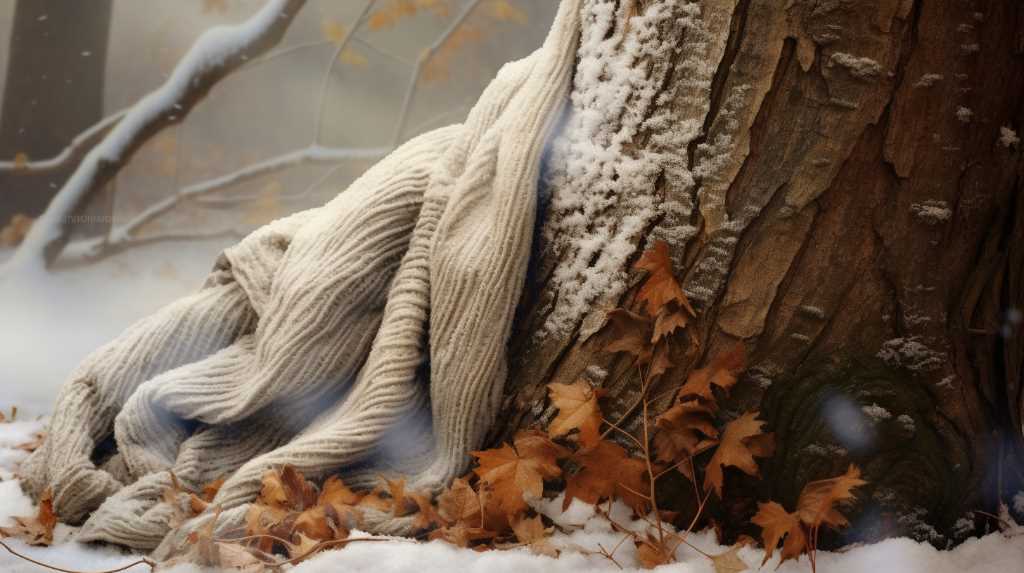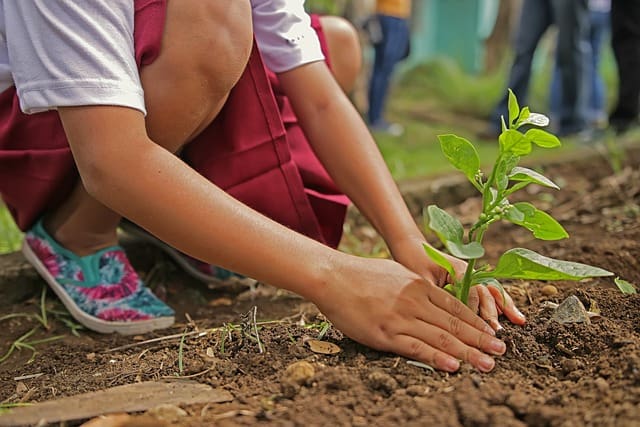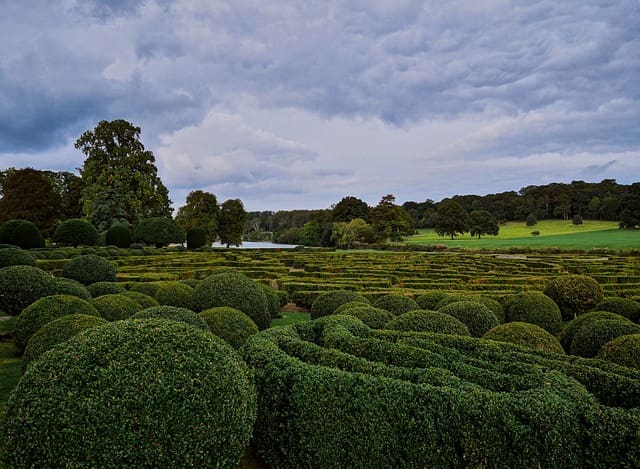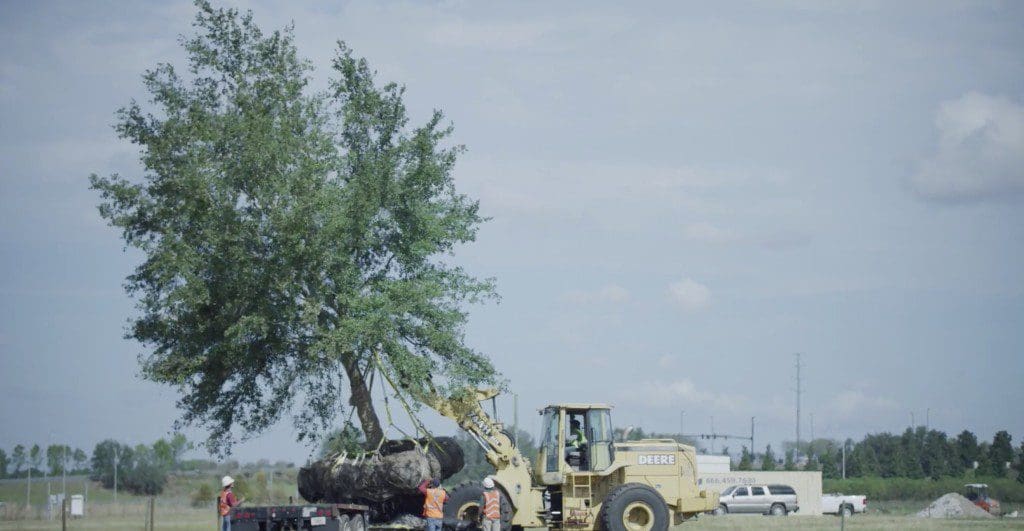Tree Trimming
What Are Winter Tree Care and Maintenance Tips?


As a tree lover, I’ve learned that winter can be a challenging time for our leafy friends. But fear not! I’m here to share some expert tips on how to care for and maintain your trees during the frosty season.
From pruning and protecting against the cold to preventing winter damage and ensuring proper hydration, these tips will help your trees thrive and stay healthy.
So, let’s dive into the world of winter tree care and maintenance together!
Pruning and Trimming
When it comes to winter tree care and maintenance, pruning and trimming are vital for enhancing tree health and promoting optimal growth.
As an expert in tree care, I understand the importance of these practices in keeping trees strong and healthy during the winter months.
Pruning involves selectively removing dead, damaged, or diseased branches, allowing the tree to allocate its resources more efficiently.


Trimming, on the other hand, focuses on shaping the tree and maintaining its overall structure.
By removing excess branches and foliage, trimming helps improve air circulation and sunlight penetration, reducing the risk of disease and promoting healthy growth.
It’s crucial to approach pruning and trimming with precision and attention to detail, ensuring that the right branches are removed at the right time.
This level of expertise is essential for ensuring the long-term health and well-being of your trees, and it’s something I pride myself on providing for my clients.
Protecting Against Cold Temperatures
To protect against cold temperatures, I utilize various strategies to ensure the health and survival of trees throughout the winter.
One of the most effective methods is applying mulch around the base of the tree. This helps to insulate the roots and prevent them from freezing.
Additionally, I wrap the trunk of young or newly planted trees with burlap or tree wrap to shield them from harsh winds and extreme temperatures.


Another important step is watering the trees adequately before the ground freezes. This helps to keep the roots hydrated and reduces the risk of dehydration during the winter months.
Finally, I regularly inspect the trees for any signs of damage or disease, as weakened trees are more susceptible to cold-related issues.
Preventing Winter Damage
One of my key strategies for preventing winter damage to trees is by implementing regular pruning and removal of dead or weak branches. This practice allows the tree to direct its energy towards healthier branches and reduces the risk of branches breaking under the weight of snow or ice.
When pruning, I carefully inspect the tree for any signs of disease or decay, as these weakened areas are more susceptible to winter damage. Additionally, I make sure to maintain a proper distance between trees and any structures, such as buildings or power lines, to prevent potential damage during strong winds or heavy snowfall.
Watering and Hydration
As a caretaker of winter trees, it’s crucial to prioritize watering and ensuring proper hydration.
During the winter months, trees can still experience dehydration and stress due to the dry air and cold temperatures. It’s important to provide them with adequate moisture to maintain their health and vitality.
One way to do this is by watering deeply and infrequently. This means giving the trees a good soak, allowing the water to penetrate the soil deeply, and then allowing it to dry out before watering again.


Additionally, it’s essential to monitor the moisture levels in the soil regularly. By using a moisture meter or simply checking the soil with your finger, you can determine if the trees need watering.
Monitoring for Pests and Diseases
I monitor for pests and diseases during the winter to ensure the health of my trees. It’s essential to keep a close eye on any signs of infestation or infection, as they can cause significant damage if left untreated.
Here are some key points to help you effectively monitor for pests and diseases:
- Inspect the bark and branches regularly for any visible signs of pests, such as holes, webs, or sticky substances.
- Look for discoloration, wilting, or abnormal growth in the leaves, as these can be indicators of diseases.
- Pay attention to any unusual activity or behavior in the surrounding wildlife, as they can be carriers of pests or diseases.


Hello there! I’m Logan Foster, the green-thumbed social media marketer behind the vibrant world of 1800TreeGuy.com. With roots firmly planted in arboriculture, I’ve branched out to help clients cultivate their dream outdoor spaces, one leafy canopy at a time. My knack for nurturing nature is more than a profession—it’s a way of life.
When I’m not talking trees and teaching the art of arboreal care, you can find me cheering on the Bulldogs—my alma mater’s pride and my forever team. My environmental studies there didn’t just teach me about ecosystems; they instilled a lifelong passion for protecting our planet.
Off the clock, I’m an adventurer at heart. Whether it’s trekking the Appalachian trails, pedaling down a mountain path, or crafting guides to share the wonders of the wild, I’m happiest with soil under my nails and the sun on my face. And let’s not forget Yoda, my pug sidekick. He may not have mastered the art of stillness, but his joyful grins are my daily dose of happiness.
I’m all about making connections—between people and the great outdoors and between my clients and their ideal landscape visions. My approach is personal; every tree has a story, and every garden reflects its caretaker.
If you want to green your scene or share in my outdoor escapades, give me a shout on Instagram or Facebook. Let’s cultivate a conversation and grow a community rooted in a love for the lush life.







